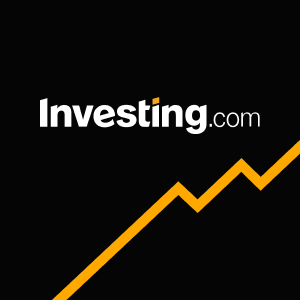Kingsoft Office stock downgraded as BofA sees SaaS shift weighing on growth


On Thursday, BofA Securities made a notable adjustment in its stance on Beijing Kingsoft Office Software Inc (688111:CH), downgrading the stock from Buy to Neutral. Despite the downgrade, the firm increased its price target to RMB279.00, up from the previous RMB235.00. The revision reflects a mixed outlook on the company’s financial performance.
The analyst cited that the current valuation of Kingsoft Office, at approximately 60 times 12-month forward P/E, has already factored in several positive aspects. These include the rapid monetization of AI technology, which was a highlight of a report in mid-August, and a strong uptick in operating cash flow, which saw a year-over-year increase of 31% in the third quarter of 2024.
However, the analyst also noted potential short-term challenges. Revenue growth may be impacted by the transition to a SaaS model for the company’s institutional subscription business and weaker demand in the Xinchuang market. Despite these concerns, the analyst acknowledged Kingsoft Office’s robust business model, which boasts over a 30% net profit margin, a free cash flow margin exceeding 33%, and more than 80% recurring revenue.
In light of the anticipated soft demand in the Xinchuang sector and the growth of institutional subscription revenues, BofA Securities has slightly lowered its earnings forecast for Kingsoft Office for the fiscal years 2024 through 2026, by 3-5%. Nevertheless, the firm has raised its discounted cash flow-based price objective from RMB235 to RMB279. This adjustment is based on improved free cash flow projections, with a compound annual growth rate of 19% from fiscal year 2023 to 2033, compared to the previous estimate of 17%.
The new price target set by BofA Securities is based on the expectation that Kingsoft Office will trade at 62 times its fiscal year 2025 estimated P/E, or 2.2 times its fiscal year 2025 price/earnings growth ratio. This valuation is within the historical trading range of 40 to 183 times the 12-month forward P/E ratio for the company.
This article was generated with the support of AI and reviewed by an editor. For more information see our T&C.






